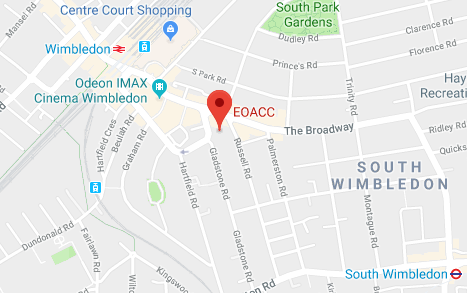Processing data for a property company involves the…
FACT-SHEET-34-Compensation-and-dilapidations
5.
FACT-SHEET-34-Compensation-and-dilapidations
VAT on early termination fees, compensation, and dilapidation payments
From April 2022, HMRC’s guidance was changed to reflect their new stance on the VAT treatment of early termination fees, compensation, and dilapidation payments. This means that payments that were previously considered to be outside the scope of VAT are now considered to be subject to VAT.
This factsheet covers the issue of whether supplies are within the scope of VAT, not whether VAT should be charged. Property supplies are generally VAT-exempt, although it is possible to opt to tax a property, in which case supplies of that property are standard-rated.
The general rule
The key test to consider is whether goods or services are being provided in return for a consideration (usually a payment). This is known a “reciprocity” between the supplier and the customer. If the reciprocity exists, the transaction is subject to VAT.
Previously, HMRC considered payments described as “compensation” or “damages” to be outside the scope of VAT on the basis that there was no reciprocity. However, because of numerous court rulings, such payments are deemed to be subject to VAT, particularly if they are provided for in a contract.
Early termination of a contract
A contract may provide for the tenant to pay fees in the event of terminating a contract early, as in the case of lease surrenders. Such fees may be described as “early termination fees”, “compensation” or “liquidated damages”.
If the tenant of a vatable commercial property wishes to vacate the property before the end of the lease and is obligated to pay an early termination fee, the payment will be subject to VAT. This is because it is a payment being made in return for a service provided by the landlord. The service, in this case, is the right to use the property, even if the tenant does not wish to do so.
When the contract does not provide for early termination
When early termination fees are paid and the initial contract did not provide for those fees, the fees are still subject to VAT. This was shown in a VAT tribunal involving Lloyds Bank, which found that the landlord had made a supply by granting and exercising an option to terminate the lease in return for Lloyds making a payment and vacating the premises.
It’s worth noting HMRC’s position regarding reverse surrenders. Reverse surrenders are when the landlord pays the tenant in order to terminate a lease early. In this case a supply is being made by the tenant and it will be either VAT-exempt or standard-rated depending on whether the tenant has opted to tax their interest in the property.
Dilapidation payments
Dilapidation payments, which exist to ensure the landlord is not out of pocket if the premises are not returned in the agreed condition at the end of the lease, are considered by HMRC to be outside the scope of VAT.
Generally, this is because dilapidation payments not inevitable at the beginning of the lease and are made so the landlord can return the property to its original condition. There is no reciprocity in this situation because the landlord has not received anything. HMRC say however, that they may depart from this view if in individual cases they find evidence of value shifting from rent to dilapidation payment to avoid accounting for VAT.
Further reading
HMRC’s VAT Supply and Consideration manual gives further examples – see VATSC05910, VATSC05920 and VATSC05930.

